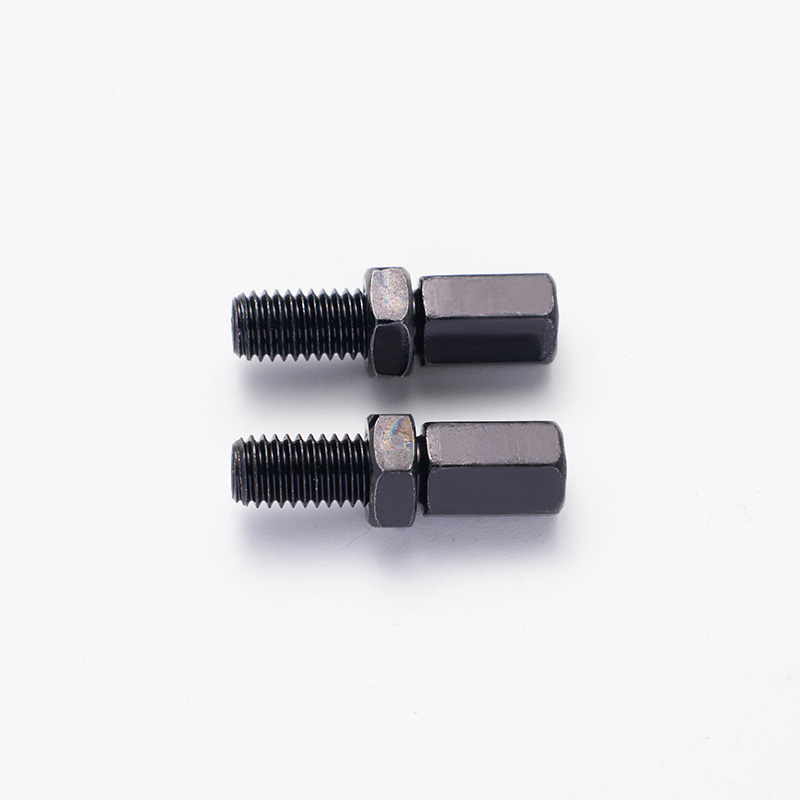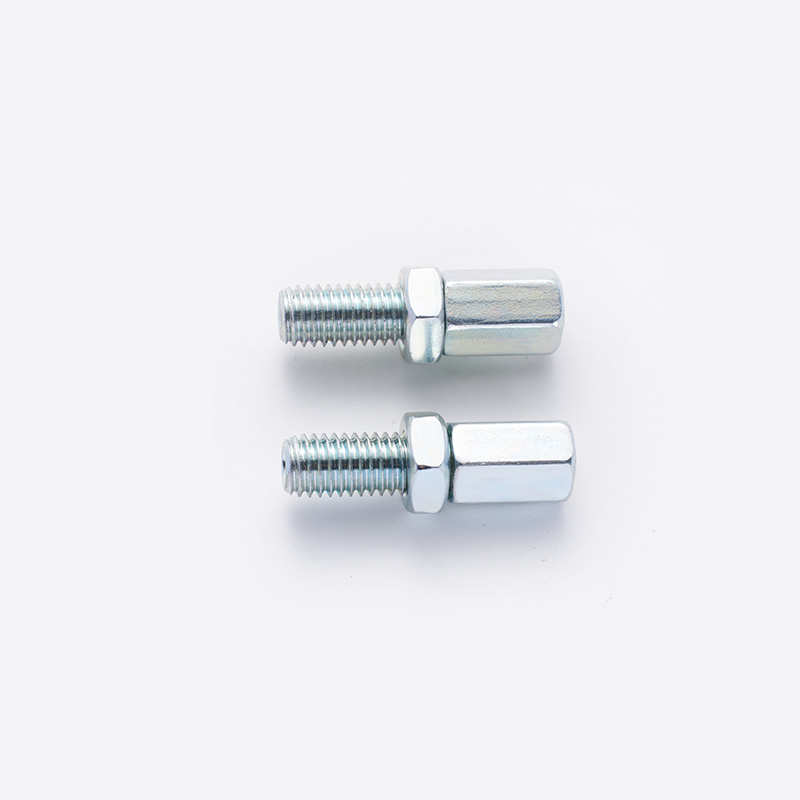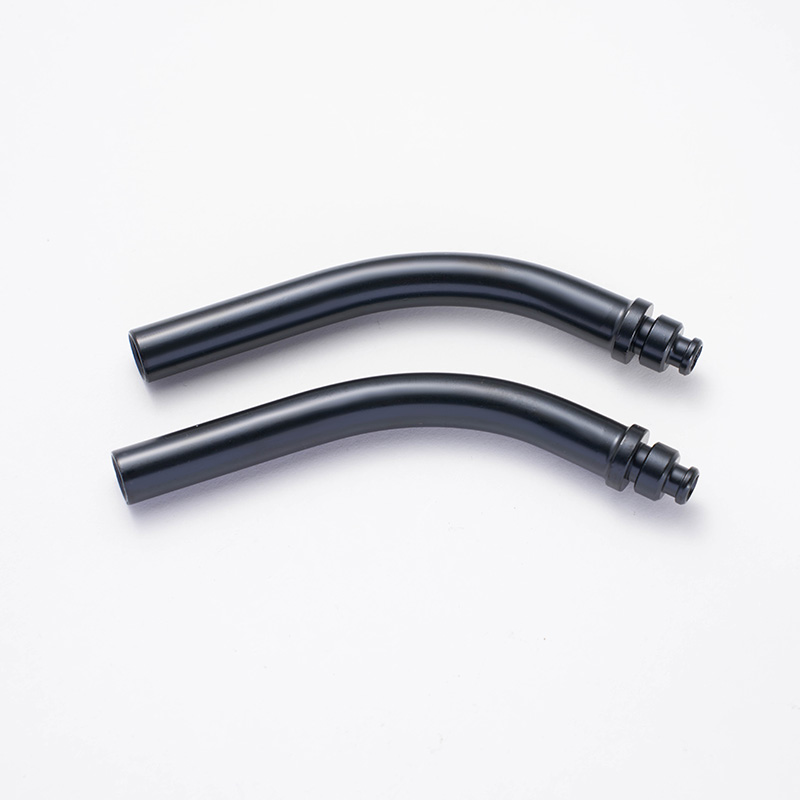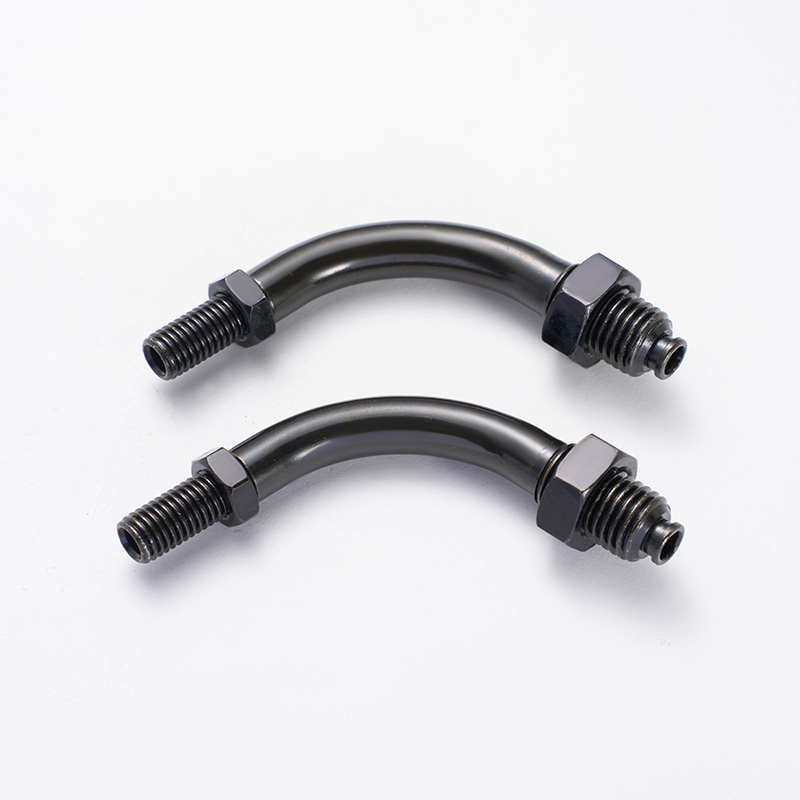The brake cable cap, a small yet essential component in the braking system of vehicles, serves a variety of functions that contribute to the overall safety and performance of the vehicle.

Protection and Guidance
The primary function of a brake cable cap is to protect the brake cable from external elements such as dirt, moisture, and debris. By shielding the cable, the cap ensures that the cable remains in good condition, free from wear and tear that could be caused by environmental factors. This protection is crucial as it prevents the cable from corroding or becoming damaged, which could a failure in the braking system.
Maintaining Cable Integrity
Apart from protection, the brake cable cap also plays a role in maintaining the structural integrity of the cable. It holds the cable in place, preventing it from swaying or moving around excessively, which could cause unnecessary friction and wear. This stabilization is particularly important during intense braking, where the cable experiences significant stress.
Facilitating Smooth Operation
The brake cable cap also aids in the smooth operation of the brake system. It is designed to allow for easy movement of the cable while it is being pulled during braking, ensuring that the brake mechanism responds promptly and efficiently. This smooth operation is essential for quick and effective braking, which is vital for the safety of the vehicle's occupants.
How Can a Brake Cable Liner be Made More Durable?
The durability of a brake cable liner is a critical factor in the overall performance and longevity of the braking system. In this section, we will discuss various methods and materials that can be used to enhance the durability of brake cable liners.
Material Selection
One of the effective ways to increase the durability of a brake cable liner is by selecting the right materials. Materials such as stainless steel or high-grade plastics are known for their resistance to corrosion and wear, making them ideal for use in brake cable liners. These materials can withstand the harsh conditions that brake cables are often subjected to, including exposure to road salt, water, and temperatures.
Coating and Treatments
Another method to enhance the durability of brake cable liners is through the application of protective coatings or treatments. For instance, galvanizing or chrome plating can provide a protective layer that resists corrosion and extends the life of the liner. Additionally, certain chemical treatments can be applied to the surface of the liner to further improve its resistance to wear and tear.
Design Enhancements
The design of the brake cable liner can also contribute to its durability. Engineers can incorporate features such as reinforced edges or impact-resistant shapes to minimize the risk of damage during use. These design enhancements not only protect the liner from external forces but also help to distribute stress more evenly across the component, reducing the likelihood of failure.
Brake Control Cable
The brake control cable is a critical component in the braking system of vehicles, responsible for transmitting the force applied by the driver to the brake calipers. In this section, we will discuss the role of the brake control cable and its importance in the overall braking process.
Transmission of Force
The primary function of the brake control cable is to transmit the force applied by the driver to the brake calipers. When the driver steps on the brake pedal, the brake control cable pulls the brake shoes against the brake drums or discs, creating friction that slows down the vehicle. The efficiency of this transmission is crucial for the effectiveness of the braking system.
Responsiveness and Feedback
A well-designed brake control cable ensures that the braking system is responsive to the driver's inputs. It allows for immediate feedback, so the driver can feel the response of the brakes through the pedal. This feedback is important for the driver to modulate their braking force appropriately, especially in emergency situations where quick and precise braking is required.
Maintenance and Replacement
Like any other component in the braking system, the brake control cable requires regular maintenance and eventual replacement. Over time, the cable can stretch or wear, which can a decrease in braking performance. Regular inspections and timely replacement ensure that the brake control cable continues to function effectively, maintaining the safety of the vehicle.
 boo@zjmgmm.com / 958587858@qq.com
boo@zjmgmm.com / 958587858@qq.com English
English русский
русский Español
Español عربى
عربى






 English
English  Building 33, Demonstration Park, No. 318 Chenguang Road, Eastern New District, Wenling City, Taizhou City, Zhejiang Province, China
Building 33, Demonstration Park, No. 318 Chenguang Road, Eastern New District, Wenling City, Taizhou City, Zhejiang Province, China  0086-576-86337978
0086-576-86337978  0086-576-86333878
0086-576-86333878
 boo@zjmgmm.com
boo@zjmgmm.com 